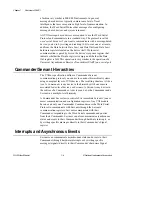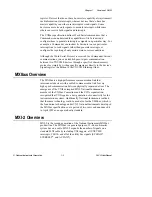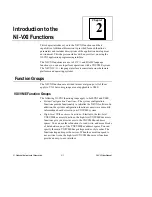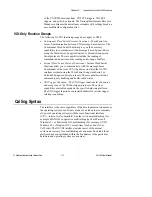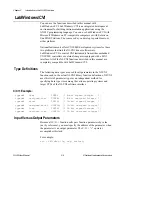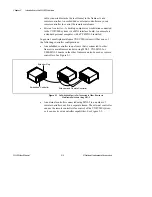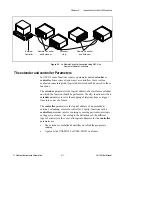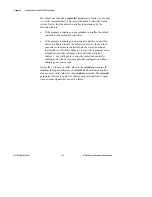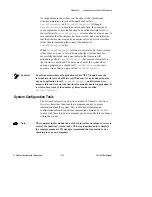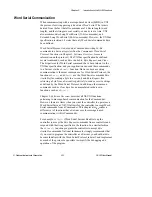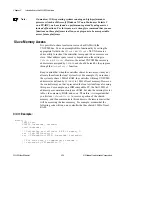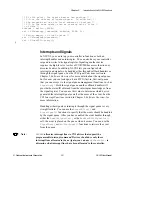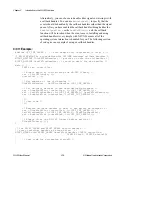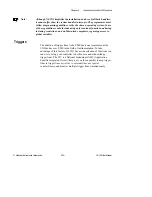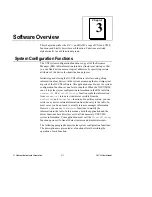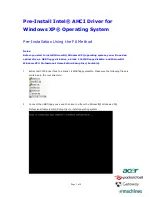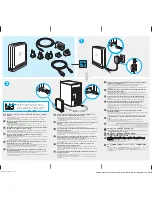
Chapter 2 Introduction to the NI-VXI Functions
© National Instruments Corporation
2-5
NI-VXI User Manual
Because
value
is an output parameter,
&value
is used when calling
the function instead of
value
. The input parameters are
la
and
reg
.
Return Values and System Errors
All NI-VXI functions return a status indicating success or failure. The
return code of 0x8000 is reserved as a return status value for any
function to signify that a system error occurred during the function call
except for the commander word serial operations. This error is specific
to the operating system on which the NI-VXI interface is running.
Multiple Mainframe Support
The NI-VXI functions described in this manual support multiple
mainframes both in external CPU configurations and embedded CPU
configurations. The Startup Resource Manager supports one or more
mainframe extenders and configures a single- or multiple-mainframe
VXI/VME system. Refer to the VXIbus Mainframe Extender
Specification, Revision 1.3 or later, for more details on multiple
mainframe systems.
If you have a multiple-mainframe VXI/VME system, please continue
with the following sections. If you have a single-mainframe system,
you can skip to the Using NI-VXI section later in this chapter.
Controllers
A controller is a device that is capable of controlling other devices. A
desktop computer with a MXI interface board, an embedded computer
in a VXI/VME chassis, a VXI-MXI, and a VME-MXI may all be
controllers depending on the configuration of the system.
There are several types of controllers that may exist in a VXI/VME
system; embedded, external, and remote.
•
Embedded controller—A computer plugged directly into the
VXI/VME backplane. An example is the National Instruments
VXIpc-850. All of the required VXI/VME interface capabilities are
built directly onto the computer itself. An embedded computer has
direct access to the VXI/VMEbus backplane in which it is installed.
•
Remote controller—A device in the VXI/VME system that has the
capability to control the VXI/VMEbus, but has no intelligent CPU
installed. An example is the VXI-MXI-2. In NI-VXI, the
parent-side VXI-MXI-2 (that is, the VXI-MXI-2 with a MXI-2








